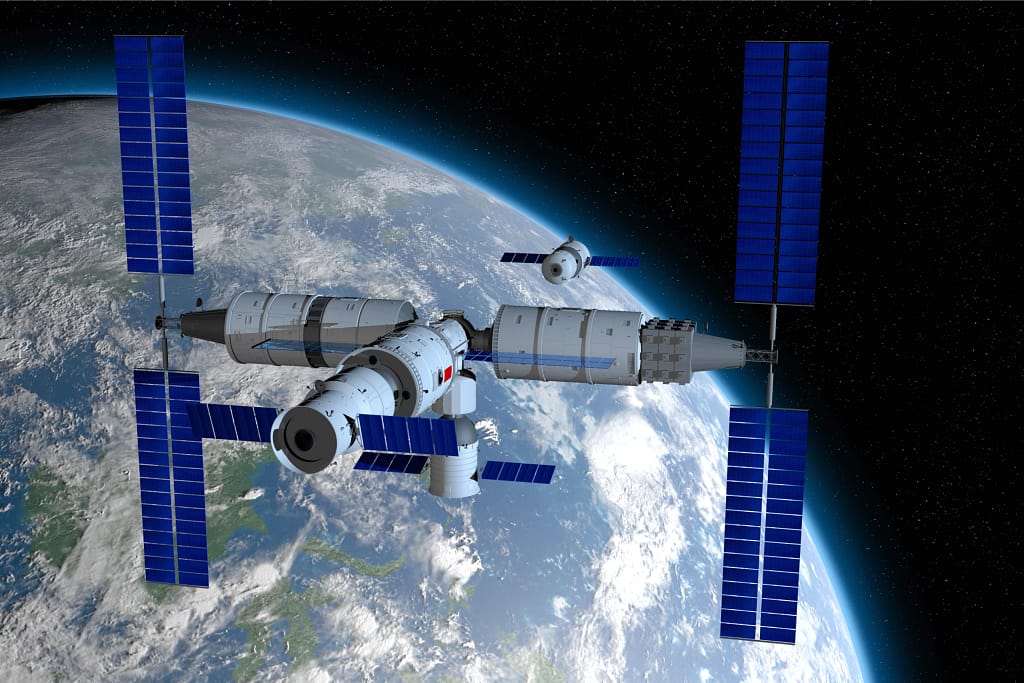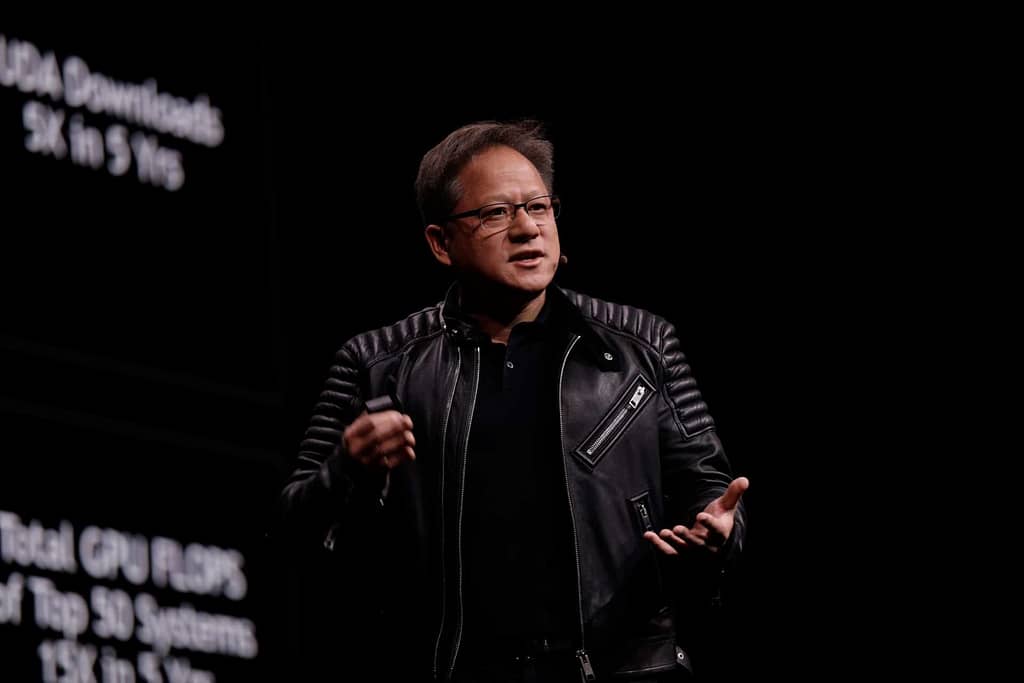China’s Heavenly Palace, the Tiangong, represents a significant leap in space station technology. While the Western world may not be as familiar with it, the Tiangong is redefining space stations for the 21st century. In this article, we will delve into the evolution of space stations and how the Tiangong stands out as a marvel of modern space exploration.
The Space Station Evolution
It has been a part of human space exploration since the early 1970s, with the deployment of the Soviet-designed “Salute” in 1971 and NASA’s “Skylab” in 1973. However, it was in 1986 that the world witnessed the launch of the first modular space station, the Soviet’s “Mir.” This project took a decade to complete, even amid the collapse of the Soviet Union. It was this experience that laid the groundwork for the design of the ISS, which bears a resemblance to the Mir.
The Tiangong is the result of China’s ambitious space program, known as “Project 921.” Phase one involved the development of crew-capable rockets and spacecraft, launched for the first time in 1999. Phase two focused on practicing spacewalks and docking maneuvers using test modules, with the introduction of China’s “Changjo” spacecraft, a cargo transport vehicle with a 6,500 kg capacity. Finally, phase three brought us the Tiangong, a space station that reflects China’s determination to become a space superpower.
Why Build Their Own Space Station?
One of the primary reasons behind China’s push for the Tiangong is the country’s exclusion from the ISS. In 2011, the United States passed legislation prohibiting NASA from collaborating with China on space projects, citing concerns about national security and intellectual property theft. Consequently, China decided to build its own space station.
What sets the Tiangong apart from its predecessors is its modern and spacious design. While the outer diameter of Tiangong’s modules is similar to that of the ISS, the interior offers more room due to better space utilization. The Tiangong features cutting-edge technology, including wireless systems, minimizing clutter and creating a clean, modern look.
Modules and Functionality
The Tiangong consists of three modules: the “Tanha” (Core Command Module), the “Wen Cen” (Experiment Module), and the “Mangan” (Research Laboratory Module). The Tanha serves as the heart of the station, housing life support systems, a robotic arm, and docking ports. The Wen Cen module provides crew quarters, scientific research facilities, and airlock access for spacewalks. The Mangan module is similar to Wen Cen but with a focus on research, lacking crew sleeping quarters.
China has ambitious plans for the Tiangong, including expanding it from three modules to six in the coming years. The Chinese Space Telescope, designed to be similar to the Hubble Telescope, will orbit close to the Tiangong, making it easier to service and upgrade.
However, Tiangong’s size, geopolitical tensions, and restrictions may limit the involvement of international astronauts for the time being. The same restrictions that prevent Chinese involvement in the ISS also apply to American astronauts in connection with the Tiangong.
China’s Tiangong is a testament to the nation’s commitment to space exploration and the advancement of space station technology. It marks a significant departure from the earlier, more cramped designs and offers a glimpse into the future of space exploration. While geopolitical tensions may currently limit international cooperation, the Tiangong represents a beacon of innovation and progress in the field of space stations.
FAQs
What is China’s Space Station?
Chinas Tiangong, also known as the “Heavenly Palace,” is a space station representing a significant leap in space station technology. It is China’s ambitious endeavor to establish its own space station for research and exploration.
How does the Tiangong compare to other space stations?
The Tiangong stands out with its modern and spacious design. It offers better space utilization, modern technology, wireless systems, and an interior that provides more room compared to some of its predecessors, such as the ISS.
Why did China decide to build its own space station?
China’s exclusion from the ISS due to U.S. legislation in 2011 played a significant role in its decision to build its own space station. The U.S. cited concerns about national security and intellectual property theft as reasons for this exclusion.
What are the future expansion plans for Tiangong?
China has ambitious plans to expand the Tiangong from its initial three modules to six in the coming years. Additionally, a Chinese Space Telescope, similar to the Hubble Telescope, will orbit near the Tiangong for servicing and upgrades.




